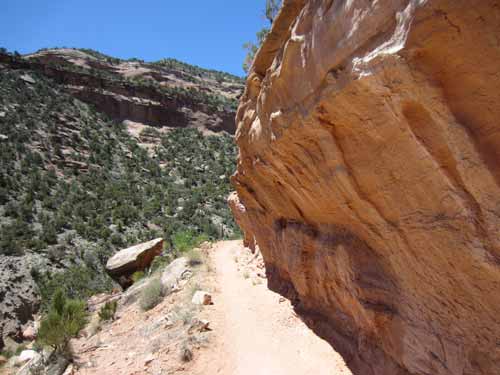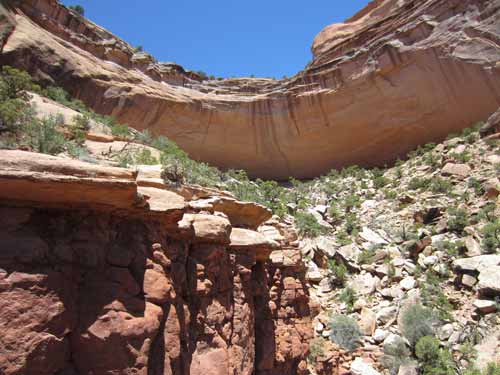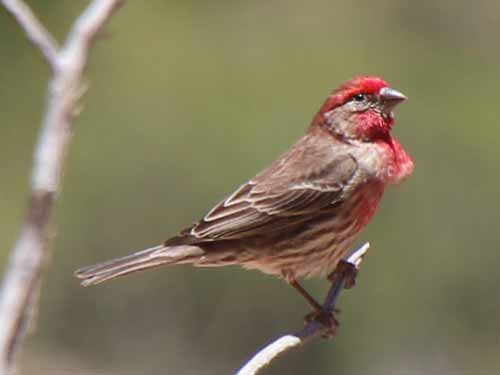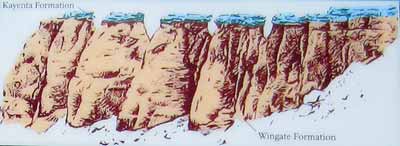
Sculpted rocks

The cryptobiotic soil seemed to be "blooming."

A wide color range of cactus flowers


This is some Barrel Cactus.

Oh c'mon... how can you ever get tired of the wood!?



An "ex" cicada. There was a constant low buzzing of them in the trees.
There are 26 species of cicadas in Colorado. Although abundant, they are far more often heard than seen. The males make a variety of sounds to attract females. Cicadas are sometimes mistakenly called locusts, although they are unrelated to grasshoppers. Instead they are related to leafhoppers and spittlebugs.

A grasshopper.. without the grass

Adult Robber Flies attack and eat other insects. These predatory flies inject their victims with saliva containing enzymes which paralyze and digest the insides. The fly then sucks up the liquefied meal.

A robber fly with a victim

The Mourning Dove (or Turtle Dove) has a very distinctive call.

Probably a type of finch


We only saw other evidence of larger animals, such as the prints of some Bighorn Sheep.
We began our hike up the long steep hill out of the canyon, arriving back at the car around 12:30 pm.



The coke ovens across the way

Can you spot the hiker in the picture? ...

... Starting to get a feel of the scale?

How about here? ....

... Yup, these are some BIG formations!

Our friendly neighborhood finch stops by for another visit.

Leaving the canyon
We got back in the car and visited a few more overlooks.
This history of Rock Rim Drive (or the road we were on that wound along the rims of the canyons, giving us the incredible views): The 23-mile long road was built almost entirely using picks, shovels and sheer muscle to remove massive rock and debris. As part of the Works Progress Administration (formed in the 1930's to create jobs during the Great Depression), the road project was begun in 1932 and employed more than 800 men. Work was suspended during WWII, but the road was finally completed in 1950. It has been designated a historic district on the National Register of Historic Places.
Extensive drilling and blasting was required and three tunnels were bored. The Half-Tunnel accident occurred on December 13, 1933. After a blast had been detonated, workers returned after 20 minutes to remove the debris. Unfortunately the overhanging roof suddenly collapsed, killing nine men.

After the accident (above) and the same stretch of road now (below)
At one of the stops, we started talking with a man from Ohio. He told us how he was 86 years old, had had a stroke last year, and was travelling with a younger friend who could hike much faster than he could, so often he would just hang around the car until he got back. After a while, we moved on and continue our site-seeing.
At the very next viewing place, however, there he was again... now telling the exact same story (verbatum) to a car full of elderly women. They were all being very sympathetic as we walked past because he was telling the stroke part of his story. It was quite entertaining and nice to see that he was probably having as much fun as his hiking buddy.
Coke Ovens Overlook:

As the protective Kayenta Formation layers slowly erode from the top of the ridge, the softer Wingate Formation beneath is exposed and also begins to erode.



A view of the trail we just finished hiking



Monument Canyon Overlook:

We had hiked almost up to this point of the canyon below. Note the Kissing Couple.

The Kissing Couple with Window Rock in the background



